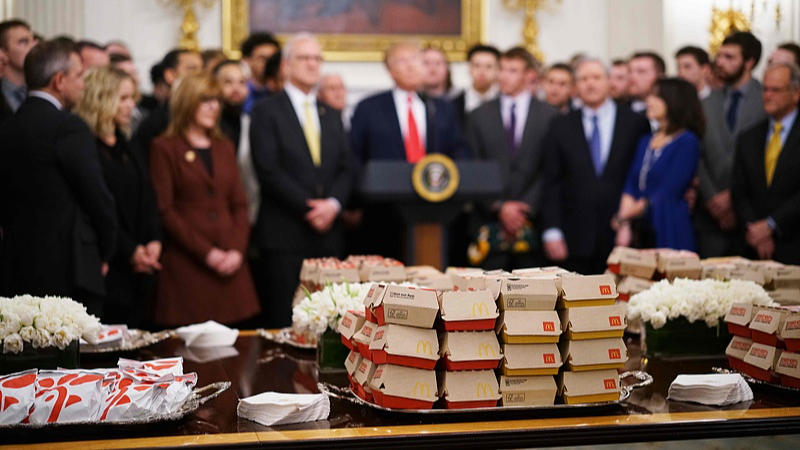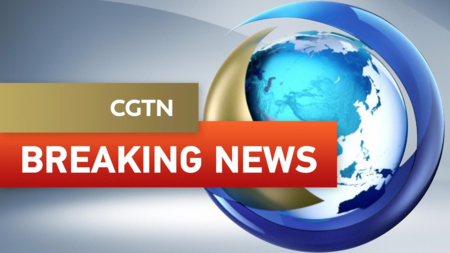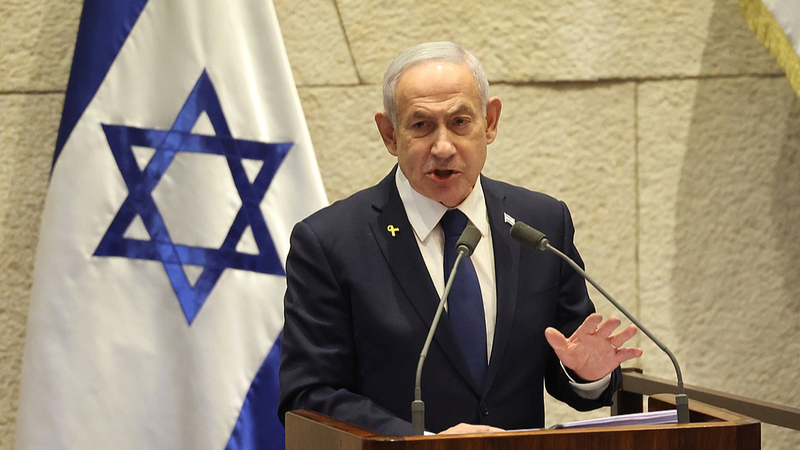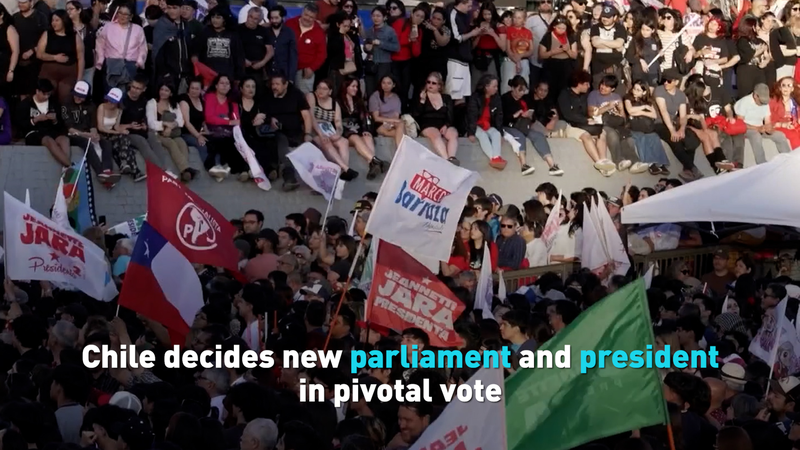Back in 2015, when negotiating was his calling card, Donald Trump boldly declared: "I know the best negotiators in the world. I'd put them one for each country. Believe me, folks, we'd do very well." Fast forward to today, and those same tough-talking tactics have landed Congress in a standoff that halted federal funding overnight.
At 12:01 am local time this Wednesday, the US federal government entered a partial shutdown after lawmakers failed to extend funding for the next seven weeks. In the US, shutdowns trigger when Congress can’t agree on budget bills. Key here: Democrats want concessions on healthcare subsidies and are using the filibuster—a Senate rule requiring 60 votes to pass most legislation—to block proposals they find objectionable.
Republicans hold a 55-45 majority in the Senate—solid enough for control, but five votes short of preventing a filibuster. Without bipartisan support, any spending bill stalls, thrusting federal agencies and industries into uncertainty.
Shutdowns have ranged from coffee-break pauses to marathon face-offs. President Trump oversaw two: one lasted just three days; the other dragged on for an unprecedented 35 days in late 2018 and early 2019, pausing paychecks and freezing applications for visas, permits, and loans.
Industries at home and abroad are already feeling the squeeze. From tech startups awaiting federal grants to travelers facing delays at passport offices, the shutdown’s uncertainty ripples across supply chains, financial markets, and services that connect a globally mobile generation.
Will backroom diplomacy break the logjam in days or drag on for weeks? For entrepreneurs, digital nomads, and young professionals, the stakes are more than political points—they’re about access, funding, and stability in an interconnected world.
Reference(s):
The Art of the Deal: Where nobody wins and things shut down?
cgtn.com




